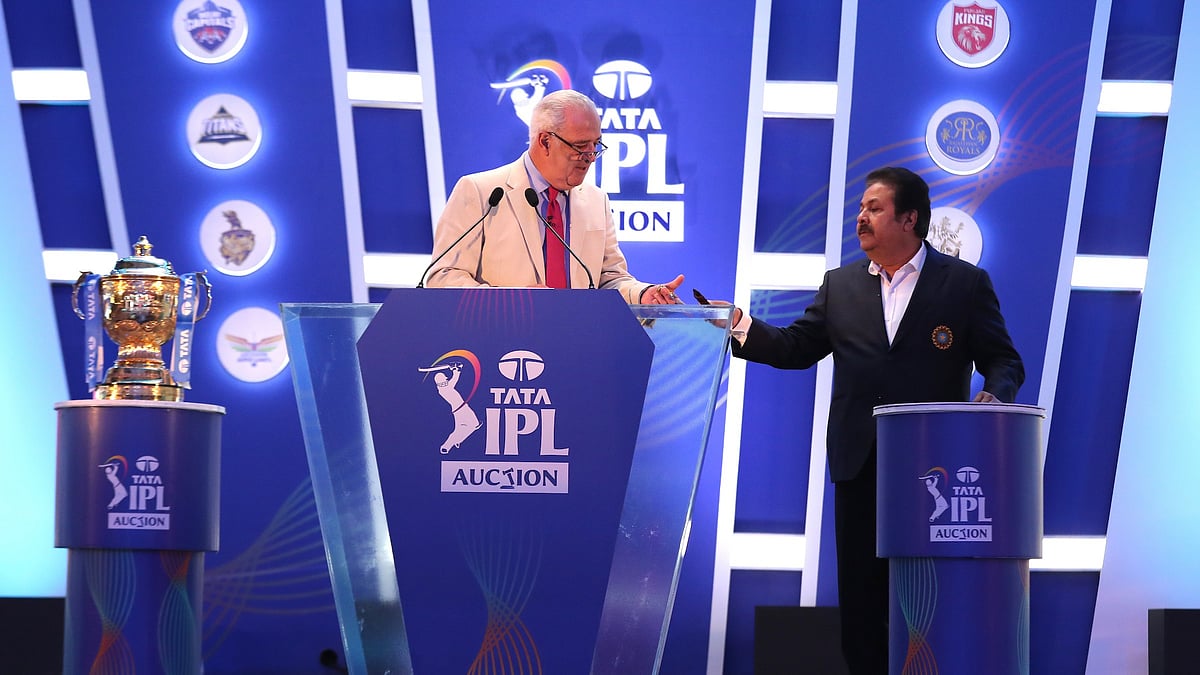 |
| FILE |
The intricacies of the IPL player trade system can be as baffling as understanding the Duckworth-Lewis-Stern system in curtailed cricket matches. The Board of Control for Cricket in India (BCCI) has laid out specific regulations governing player trades, introducing complexities that involve league fees, negotiated increases, and various percentages. Let's unravel the complexities and potential scenarios, using the rumored cash-only transfer of Hardik Pandya from Gujarat Titans to Mumbai Indians as an example.
League Fee and Negotiated Increase:
According to BCCI's regulations, trading negotiations should primarily revolve around the League Fee payable. However, there's a provision for a player to be traded for more than their auction fee. If the transfer value surpasses the player's annual fee, the transaction is legitimate. In the case of Hardik Pandya, if his transfer value exceeds his INR 15 crore annual fee, Mumbai Indians will bear the deduction while Gujarat Titans gain the same amount in their purse.
Player Share and Franchise Percentage:
The BCCI mandates that the player share in the negotiated increase cannot exceed 50%. Even if there are two years left in the contract, the buying team must pay the increased fee for both years. In Pandya's case, with one year left in his Titans contract, the negotiations become simpler.
Negotiated Increase Process:
Once the consent form is signed, the negotiated increase is shared between the player and the selling franchise as specified in the form. The player unconditionally agrees to sign a new contract with the buying franchise, and the selling franchise agrees to release the player from the existing contract. The player's purse doesn't reflect the negotiated increase, but the buying franchise pays the selling franchise the agreed percentage for each season the new contract is in force.
Negotiated Decrease:
Surprisingly, there's also a rule for trades involving a reduction in the league fee. If a player voluntarily agrees to a decrease in their league fee, the buying franchise receives the negotiated decrease from the selling franchise for one season. The player still gets the original league fee, ensuring they are not worse off due to the trade.
Initiation of a Trade Deal:
The trading window opens after the season and before the player auction and again after the auction until 30 days before the new season. Franchises interested in acquiring players via trade submit an Expression of Interest (EOI) to BCCI. If the selling franchise confirms interest, substantive trading discussions commence, and the player signs a consent form to initiate the trade.
Key Trade Guidelines:
- No trading of players bought in an auction for the same season.
- Overseas players require a No Objection Certificate (NOC) from their relevant board.
- Buying franchise ensures player's match fitness at the time of the trade.
In summary, the IPL player trade involves intricate processes governed by BCCI regulations, ensuring transparency and fair transactions between franchises. The upcoming trading window will witness teams navigating these complexities as they aim to strengthen their squads for the upcoming IPL season.





